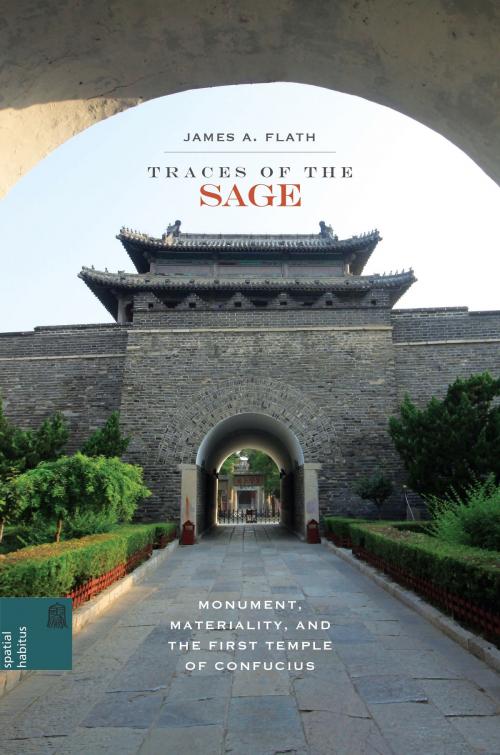Traces of the Sage
Monument, Materiality, and the First Temple of Confucius
Nonfiction, Religion & Spirituality, Eastern Religions, Confucianism, History, Asian, China, Art & Architecture, Architecture| Author: | James A. Flath, Ronald G. Knapp, Xing Ruan | ISBN: | 9780824853723 |
| Publisher: | University of Hawaii Press | Publication: | March 31, 2016 |
| Imprint: | University of Hawaii Press | Language: | English |
| Author: | James A. Flath, Ronald G. Knapp, Xing Ruan |
| ISBN: | 9780824853723 |
| Publisher: | University of Hawaii Press |
| Publication: | March 31, 2016 |
| Imprint: | University of Hawaii Press |
| Language: | English |
The Temple of Confucius (Kong Temple) in Qufu is the definitive monument to the world's greatest sage. From its humble origins deep in China's past, the home of Confucius grew in size and stature under the auspices of almost every major dynasty until it was the largest and most richly endowed temple in the Ming and Qing empires. The decline of state-sponsored ritualism in the twentieth century triggered a profound identity crisis for the temple and its worshipers, yet the fragile relic survived decades of neglect, war, and revolution and is now recognized as a national treasure and a World Heritage Site.
Traces of the Sage is the first comprehensive account of the history and material culture of Kong Temple. Following the temple's development through time and across space, it relates architecture to the practice of Confucianism, explains the temple's phenomenal perseverance, and explores the culture of building in China. Other chapters consider the problem of Confucian heritage conservation and development over the last hundred years—a period when the validity of Confucianism has been called into question—and the challenge of remaking Confucian heritage as a commercial enterprise. By reconstructing its "social life," the study interprets Kong Temple as an active site of transaction and negotiation and argues that meaning does not hide behind architecture but emerges from the circulation and regeneration of its spaces and materials.
The most complete work on a seminal monument in Chinese history through millennia, Traces of the Sage will find a ready audience among cultural and political historians of imperial and modern China as well as students and scholars of architectural history and theory and Chinese ritual.
The Temple of Confucius (Kong Temple) in Qufu is the definitive monument to the world's greatest sage. From its humble origins deep in China's past, the home of Confucius grew in size and stature under the auspices of almost every major dynasty until it was the largest and most richly endowed temple in the Ming and Qing empires. The decline of state-sponsored ritualism in the twentieth century triggered a profound identity crisis for the temple and its worshipers, yet the fragile relic survived decades of neglect, war, and revolution and is now recognized as a national treasure and a World Heritage Site.
Traces of the Sage is the first comprehensive account of the history and material culture of Kong Temple. Following the temple's development through time and across space, it relates architecture to the practice of Confucianism, explains the temple's phenomenal perseverance, and explores the culture of building in China. Other chapters consider the problem of Confucian heritage conservation and development over the last hundred years—a period when the validity of Confucianism has been called into question—and the challenge of remaking Confucian heritage as a commercial enterprise. By reconstructing its "social life," the study interprets Kong Temple as an active site of transaction and negotiation and argues that meaning does not hide behind architecture but emerges from the circulation and regeneration of its spaces and materials.
The most complete work on a seminal monument in Chinese history through millennia, Traces of the Sage will find a ready audience among cultural and political historians of imperial and modern China as well as students and scholars of architectural history and theory and Chinese ritual.















